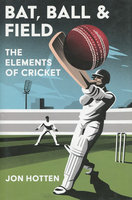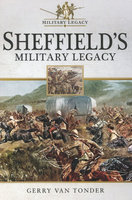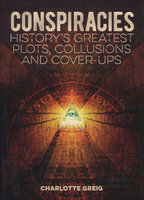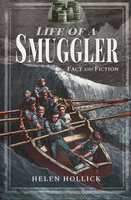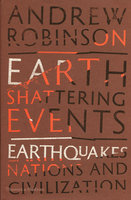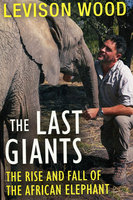New, Quality Gift Books - 50-90% off - over 2500 titles
Your basket is empty.
Categories Lucky Dip Clearance IMAGES OF THE NATIONAL ARCHIVES: Cold War
IMAGES OF THE NATIONAL ARCHIVES: Cold War
Book number: 93213
Product format: Paperback
In stock
Bibliophile price
£3.50
Published price
£14.99
Customers who bought this product also bought
|
BAT, BALL AND FIELD: The Elements of Cricket
Book number: 93151
Product format: Hardback
Bibliophile price
£7.50
Published price
£20
|
SHEFFIELD'S MILITARY LEGACY
Book number: 93254
Product format: Paperback
Bibliophile price
£3.00
Published price
£14.99
|
CONSPIRACIES: History's Greatest Plots, Collusions
Book number: 92002
Product format: Paperback
Bibliophile price
£6.00
Published price
$12.99
|
|
LIFE OF A SMUGGLER: Fact and Fiction
Book number: 92165
Product format: Paperback
Bibliophile price
£5.00
Published price
£14.99
|
EARTH SHATTERING EVENTS: Earthquakes, Nations
Book number: 92417
Product format: Hardback
Bibliophile price
£4.50
Published price
£18.95
|
LAST GIANTS: The Rise and Fall of the African Elephant
Book number: 92425
Product format: Paperback
Bibliophile price
£2.75
Published price
£9.99
|
Browse these categories as well: Lucky Dip Clearance, Modern History/Current Affairs, War & Militaria

